-
Car Reviews
- All reviews
- Midsize SUVs
- Small cars
- Utes
- Small SUVs
- Large SUVs
- Large cars
- Sports SUVs
- Sports cars
- Vans
Latest reviews
- Car News
-
Car Comparisons
Latest comparisons
- Chasing Deals
This week I’m driving the fourth-generation 2017 Kia Sportage in entry-level Si form. It retails for $28,990 plus on-road costs, with the only option available $520 metallic paint. I admit to being curious about the entry-level medium SUV brigade and what they offer to consumers – my idea of an SUV is one with all-wheel drive to fully utilise that extra ground clearance. Clearly Australian consumers see a different side of the coin, as SUV sales have outgrown passenger cars and are seemingly everywhere.
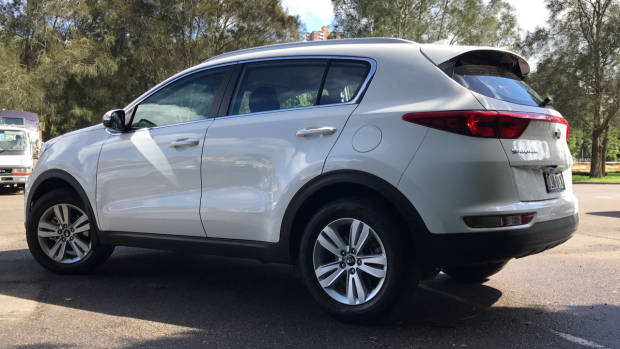
As far as entry-level, two-wheel drive medium SUVs go, the 2017 Kia Sportage Si may be the best. The Sportage Si competes with other price leaders such as its under-the-skin brother Hyundai Tucson Active, Mazda CX-5 Maxx, Toyota RAV4 GX and Ford Escape Ambiente, with the Kia trumping all on value, especially with the company’s standard seven-year/unlimited km warranty. No other manufacturer matches it, if you’re wondering.
Every 2017 Kia Sportage has a lengthy standard equipment list and even the base Si comes full of fruit. You get six-airbags, air-conditioning, 17-inch alloy wheels, heated auto-folding mirrors, automatic headlights, front foglamps, reverse parking sensors, cruise control, a full-size alloy spare wheel, an alarm, a seven-inch touchscreen with a rear view camera and Apple CarPlay/Android Auto smartphone integration.
Further up the range, you’ll find larger wheels, keyless entry and start, automatic wipers, a panoramic glass roof, leather seating trim, heated and cooled front seats and even wireless phone charging.
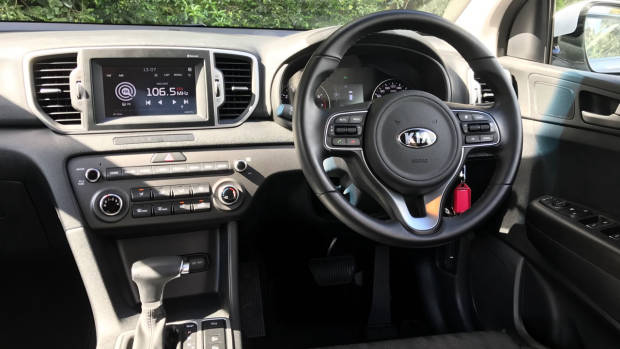
Crucially for families and ride-sharing service drivers alike, the rear seat of the Sportage is not forgotten about either. Even this base model Si gets reclining rear seats, rear air-vents, a rear-centre armrest with cupholders, large door bins to fit bottles, two map pockets and even rear charging points – most of which you have to spend more than $40,000 on a Mazda CX-5 to get.
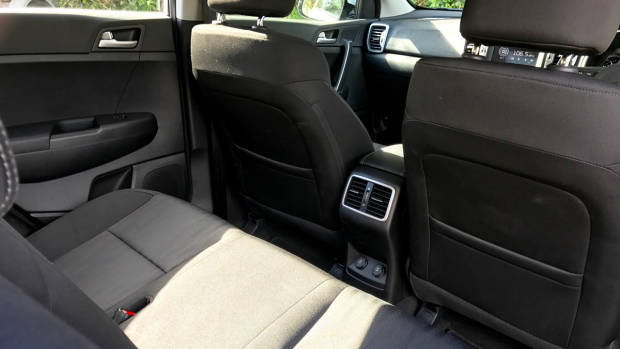
Where the Sportage lacks is on the active safety front. Unlike the Mazda CX-5, you have to buy the most expensive GT-Line variant (from $43,490) to even get autonomous emergency braking. The Sportage GT-Line also has blind-spot monitoring, forward collision warning, lane departure warning and high-beam assist, yet a Mazda CX-5 Akera has even more, including adaptive cruise control. Yet even the entry level CX-5 Maxx has AEB, rear traffic alert and blind spot monitoring.
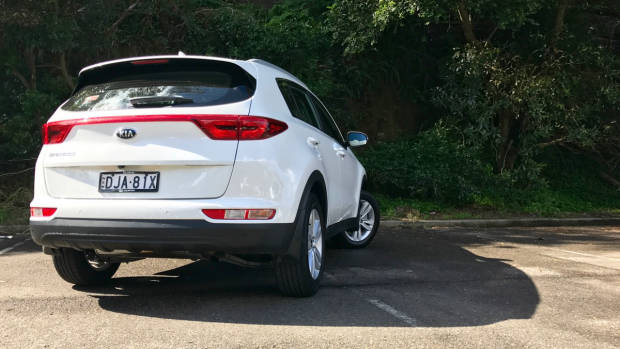
The 2017 Kia Sportage Si is powered by a 2.0-litre four cylinder petrol engine making 114kW of power and 192Nm of torque. It’s an honest and willing unit, though it definitely won’t set your heart racing with performance. Around town it’s perfectly adequate – the standard six-speed automatic makes decisive shifts and rarely puts a foot wrong. On the open road, the engine must be worked hard however, and its raucous tendencies become quite noticeable. Go for a GT-Line petrol AWD, and you earn a 135kW 2.4-litre petrol. Si, SLi and GT-Line variants are also available with a 136kW 2.0-litre turbo diesel with a sizeable 400Nm of torque.
The automatic tries its best to conserve fuel, but a combination of weight, low torque levels and a peaky power map strike against it. So far, we’ve averaged 10.2L/100km in our time with the car, not exactly brilliant numbers but still under the car’s claimed 10.9L/100km urban average. But you’re buying a base model 2WD medium SUV, therefore the drivetrain may not matter all that much to you.
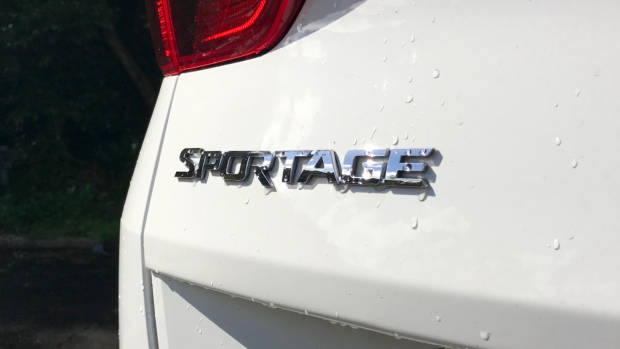
While the drivetrain may not be that special, the chassis does have some sparkle to it. Kia’s Australian chassis tuning is first rate, and other regions have started adapting our tune to their models – Europe adopted the Australian tune to the Cee’d GT hot hatch range last year. Despite a girthy 1,558kg tare weight (helped by the car being two-wheel drive – AWD models weigh even more), the Sportage feels light and nimble on its feet. Even on rough roads at higher speeds, the Sportage is planted and rarely feels unsettled. On the road, the Sportage displays well controlled sound levels – only does road noise meaningfully penetrate the cabin at highway speeds.
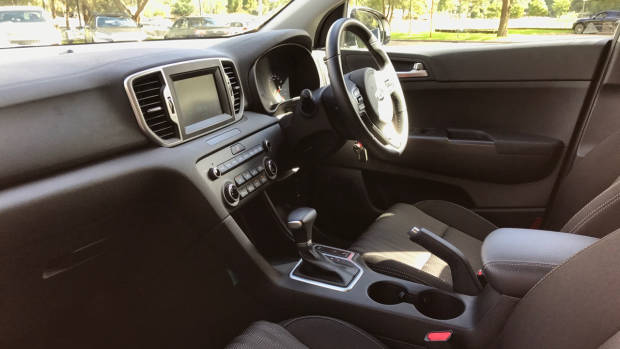
The cabin itself is a basic but nice place to be. Instead of the GT-Line’s piano black trimmings on the centre console, you get masses of hard-wearing black plastic. The top of the doors and dashboard are soft-touch though, and everything in the cabin feels built to last. It’s also quite a practical car as well – there’s reasonable space no matter which seat you sit in, and the boot is larger than the class average as well. Seats up, it holds 466-litres – seats down, the figure is 1,455-litres. More than enough for the weekly shop.

As an entry-level, affordable to run 2WD medium SUV, the Sportage Si makes a lot of sense. It does most things well – it’s generously equipped, offers nimble handling, it’s practical, features comfortable seating and should never let you down with its seven-year warranty. For similar money though, a Skoda Octavia wagon provides overall greater polished, a more involving driving experience, potentially life saving active safety equipment as standard, less expensive running costs and even more practicality. The question must be asked then: how much is that higher driving seat worth to you?
Look out for Chasing Cars’ review of the 2017 Kia Sportage Si in the coming weeks.
Latest news
About Chasing cars
Chasing Cars reviews are 100% independent.
Because we are powered by Budget Direct Insurance, we don’t receive advertising or sales revenue from car manufacturers.
We’re truly independent – giving you Australia’s best car reviews.